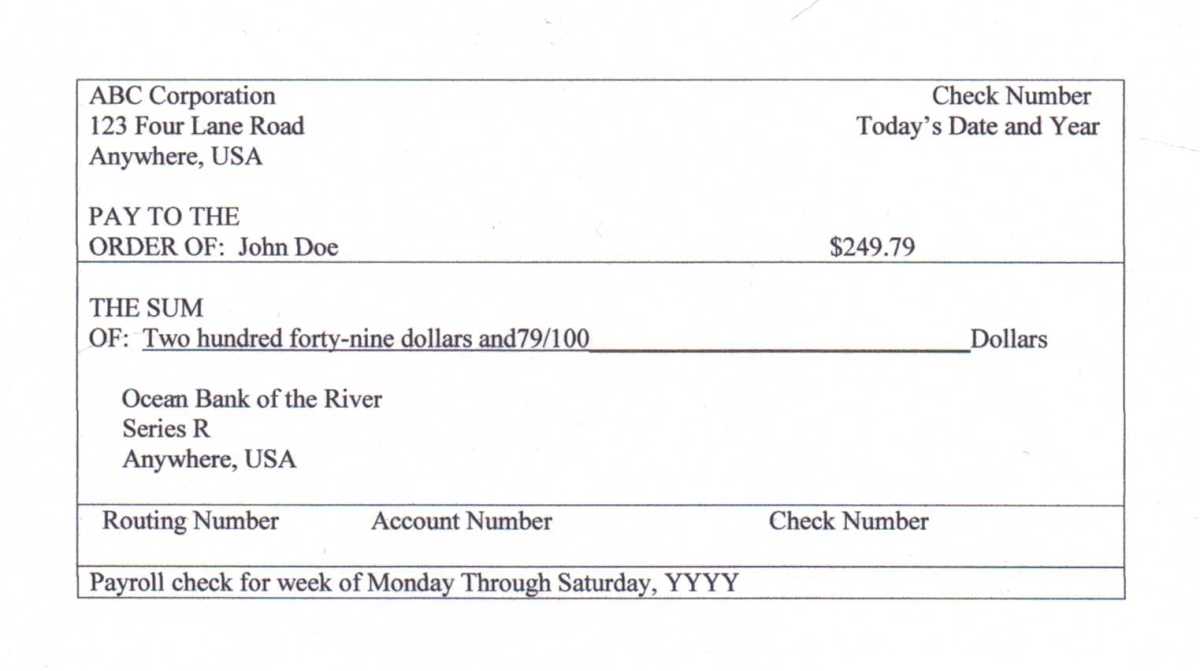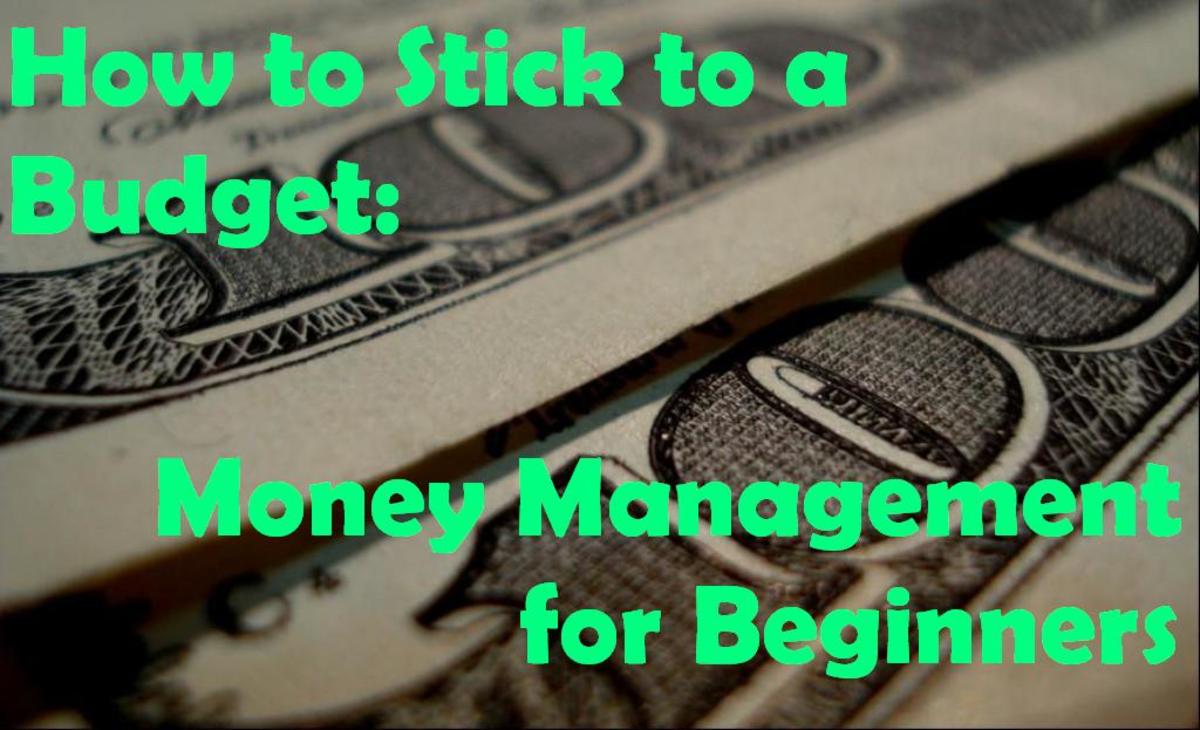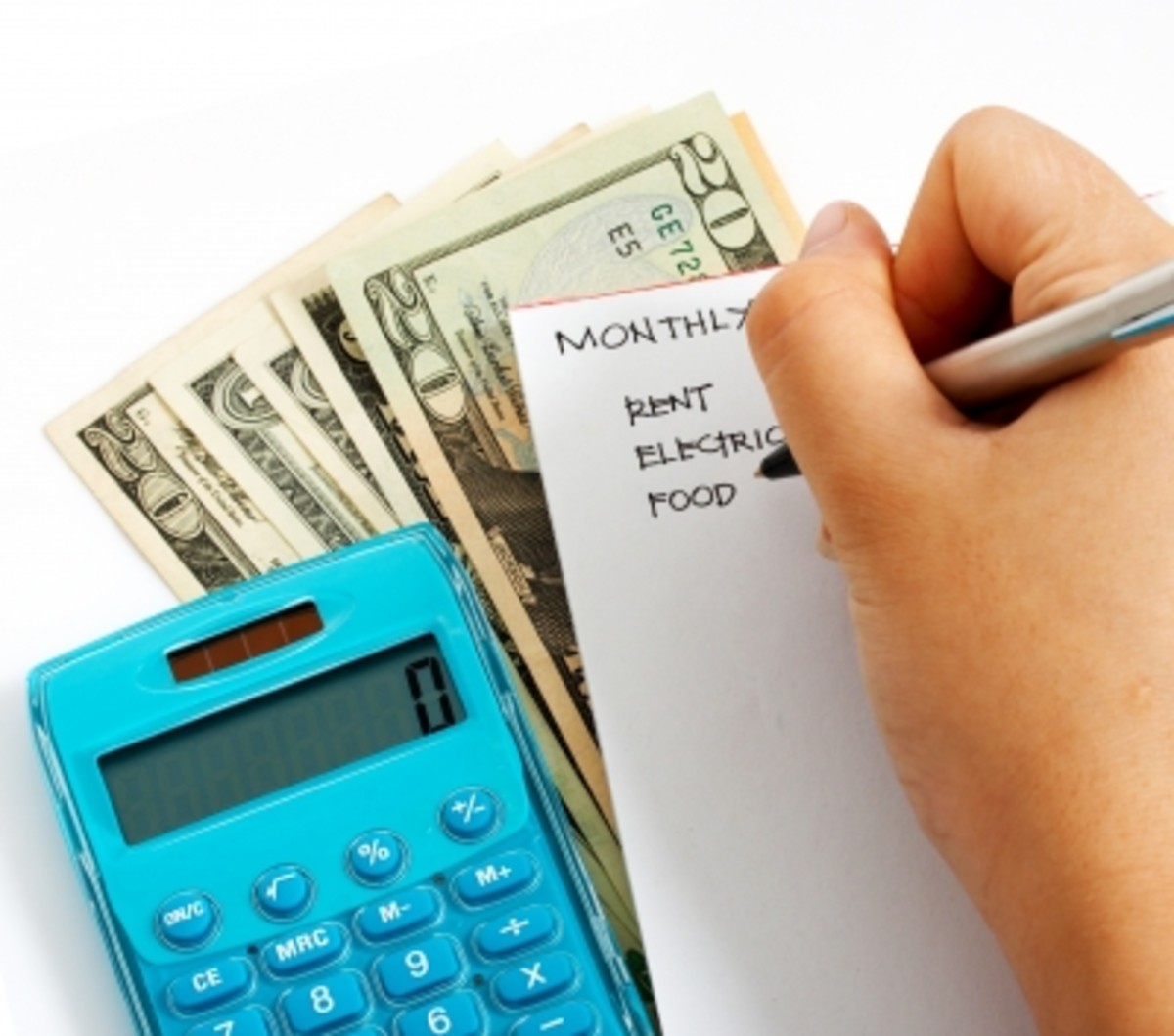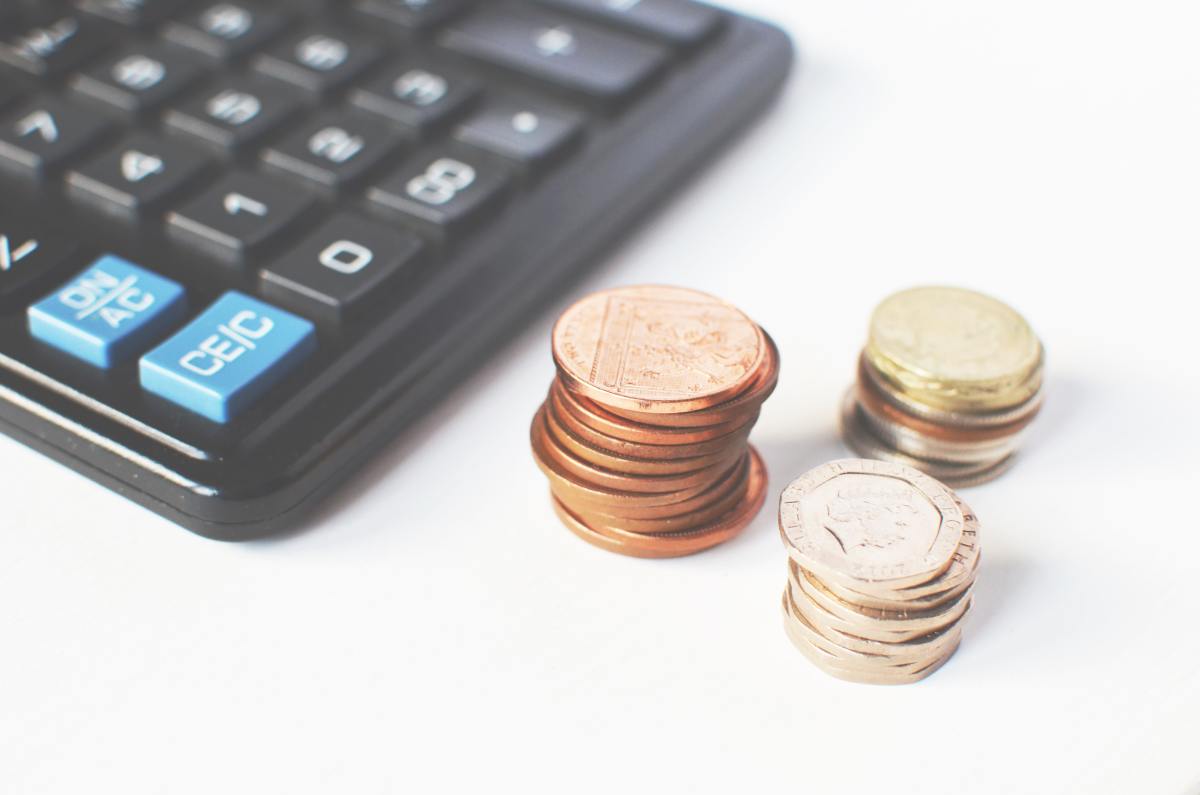Budget Planning With Envelopes

Budget Shmudget!
In order to plan a budget, you need to have money. That was how I used to think about budgets. I figured that I didn't have a large enough income to be able to or need to budget anything! I thought I would just pay my bills, and hope that there was money left over at the end to put into savings or have some fun.
I soon came to realize that when you don't have "enough" money is when you REALLY need to learn how to plan a budget and stick to it.
Cashing Out
One of the simplest and most creative ways to learn to budget, and to plan a budget is to run everything on cash.
I have always managed to have enough money to pay my bills and do what I wanted to do. I have to admit though, that I had know concept of planning for emergencies, or keeping a budget. I continued on this way for years. I am truly glad that I learned how to plan a budget, and keep one.
At one point in our lives, tips were the largest part of our income. This meant that almost all of the money coming into the household was in cash. I decided to use this time to full advantage... My daughter was young at this time, and so we turned it into a homeschooling unit on money and budgeting.

Morning smiles and Money
Every morning we would take the previous day's earnings, and count it. My daughter very quickly learned the various denominations of money and the amount of money they represent. This is actually one of our favorite memories over a decade later.. sitting at the kitchen table with our drinks shortly after waking up, counting money together. There were always plenty of smiles and laughter!
The Beginning of Budgeting Basics
Learning how to budget everything was a new experience that we learned together.
Since this cash was received on a daily basis, and most bills were due on a monthly basis, we decided that we would set aside money for each bill every single day. Our first project was to gather all of our bills and divide them by the number of days worked in the average month. On a normal five days a week work schedule, that is about 20 days in the month that cash would come in.
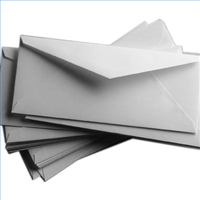
Budgeting Using Envelopes
Next, we got a bunch of standard size envelopes. We wrote the bill name in the left hand corner, and the average amount due each month on the face of it. Then in the top right corner, we wrote the daily amount needed to pay the monthly bill. We knew that each day we would put that much cash into the envelope, and at the end of the month we would have enough to pay the bill.
After all the bills were done, we did the same thing for other expenses like food, gas, and savings. We also made envelopes for having fun, and extra shopping needs. Just because you are on a budget, doesn't mean you can't go get Starbuck's every so often!
Even on tight budgets, fun just needs to be planned in.
Extra Money and Short Days
At first, we had thought that ALL the extra money should go into fun! That didn't work so well..
We would go spend it right away buying something extra, or doing something fun. That would come back to haunt us when there was a short day where there wasn't enough money to fill all the envelopes. That was when we decided to add an extra envelope.
On days we had extra money, we would put it into this extra envelope. On days we didn't have enough money for all the envelopes, we would take some out of this extra envelope.
After all the bills were paid in full each month, we would decide how we wanted to spend or save any extra money. This worked much better!

Lessons Learned
After a couple of months of envelope budgeting, not only was my daughter an expert at counting money, but she had a strong idea of where the money in our house had to go and why! How to budget.. a life lesson that will always stick with her.
The perfect end result to our homeschooling unit!
Me.. I learned the importance of thinking ahead, keeping to my budget, and planning in extra expense and savings.
I would say it was a first rate education into how and why to plan a budget that I have never forgotten!
Want to Budget Plan Using Envelopes?
Planning and learning to stick to a budget using envelopes is SO easy. And the supplies needed are ordinary supplies that can be easily and cheaply gotten at any store.
Supplies Needed:
- envelopes
- pen
- calculator
- your bills
For each bill that you have, create an envelope. Write the bill name on it, and figure out the amount (or average amount) due each month. Divide that amount by however many pay periods you have that month, whether it is daily, weekly, bi-weekly, etc. Write this amount on the envelope so you know how much to put in it each pay period.*
Repeat this procedure for each one of your bills.
For non billed expenses, like food and gas.. create an envelope for each of these expenditures. Decide upon your average expenditures in a month and use that as your total monthly figure. Divide that amount by however many pay periods you have in a month, and write that figure down on the envelope. Don't forget savings and FUN!
Remember to treat EVERY envelope with the same amount of importance. As long as you are putting the right amount of money into each envelope each time you get paid, and only spending what is in the envelope, you will always be able to pay out exactly what you plan. This is a fabulous way to pay down those old bills too!
*Even if your bill is due every 6 months or every week, this system will still work. Simply write that information of how often each bill is paid on the envelope, and divide the amount due by the number of pay periods between pay dates. If you get paid on a different schedule, you simply need to adjust that figure appropriately.
- For instance, if your car insurance is due every 6 months and you get paid once a week, you would figure it like this.. if your policy is $400 every 6 months, and there are 26 pay periods in 6 months, you would put $15.38 into the car insurance envelope when you got paid each week.
- On the other hand, if you make a weekly payment on the washer/dryer you are renting to own, and you get paid every other week, you would figure it like this.. Say you owe $26 each week, but you get paid every other week. In this case, on the envelope for this bill you would put $52 for your total due since this is the total due between your pay dates. On each pay date, you would put $52 into the envelope and would then have enough money to make both payments due before you are paid again.


